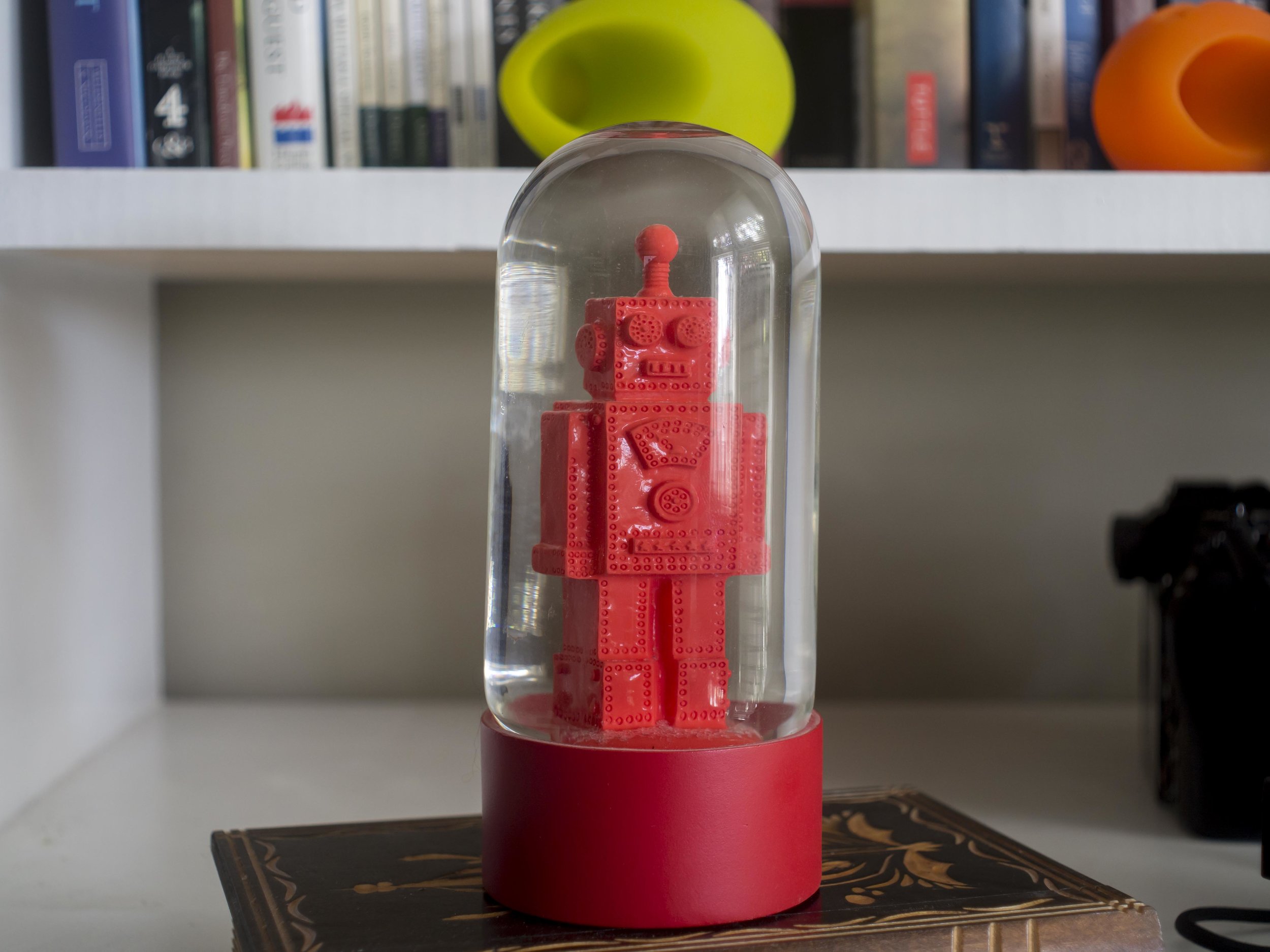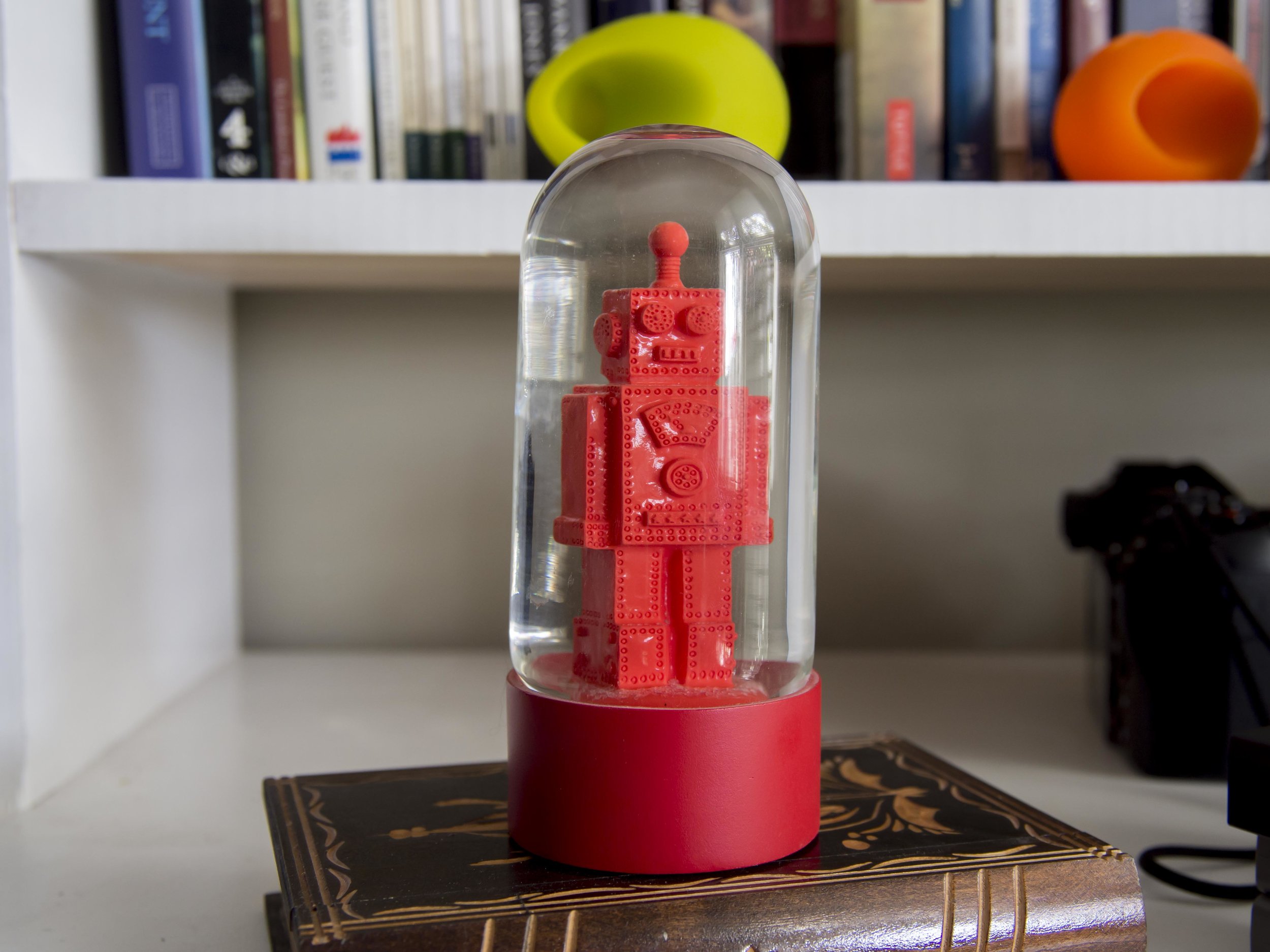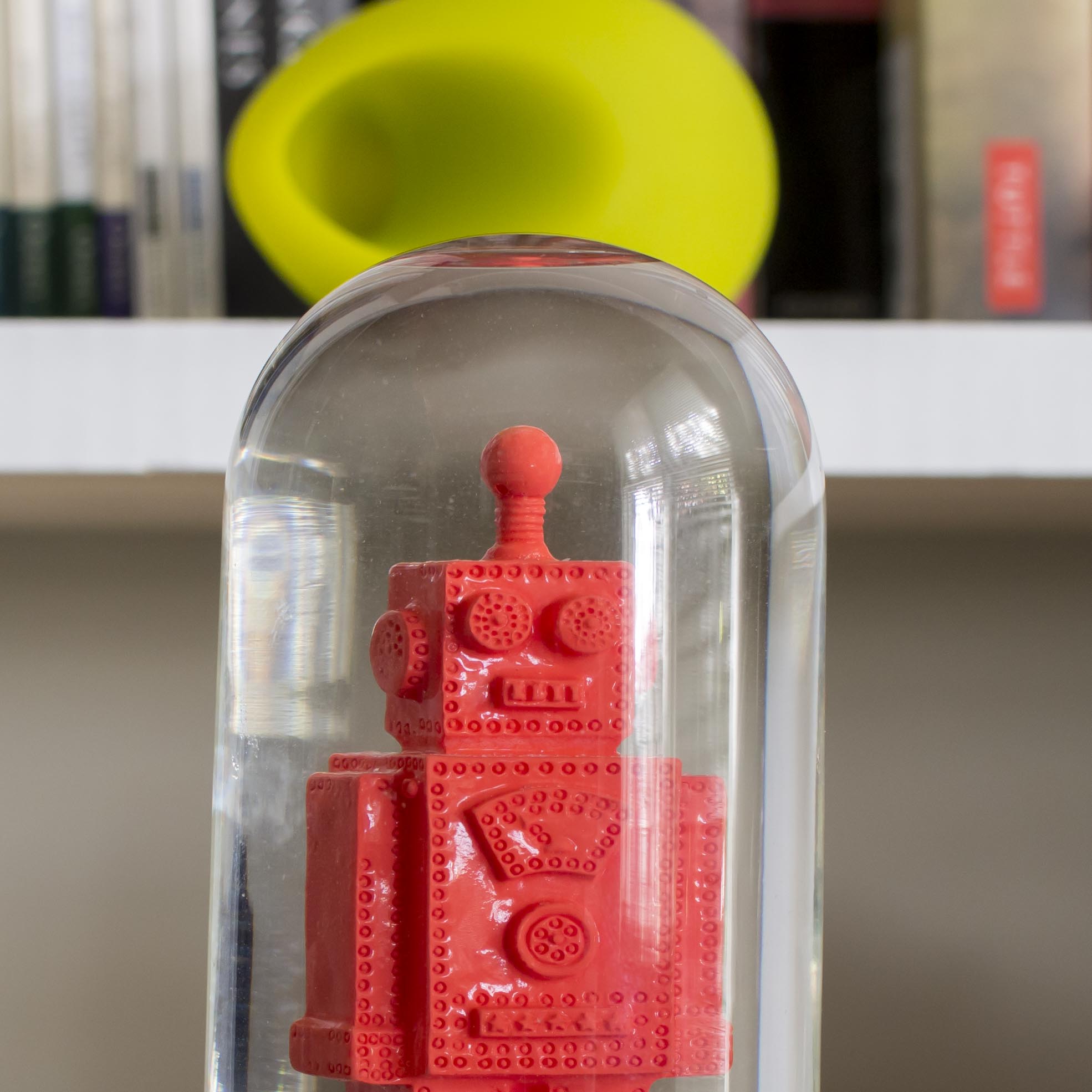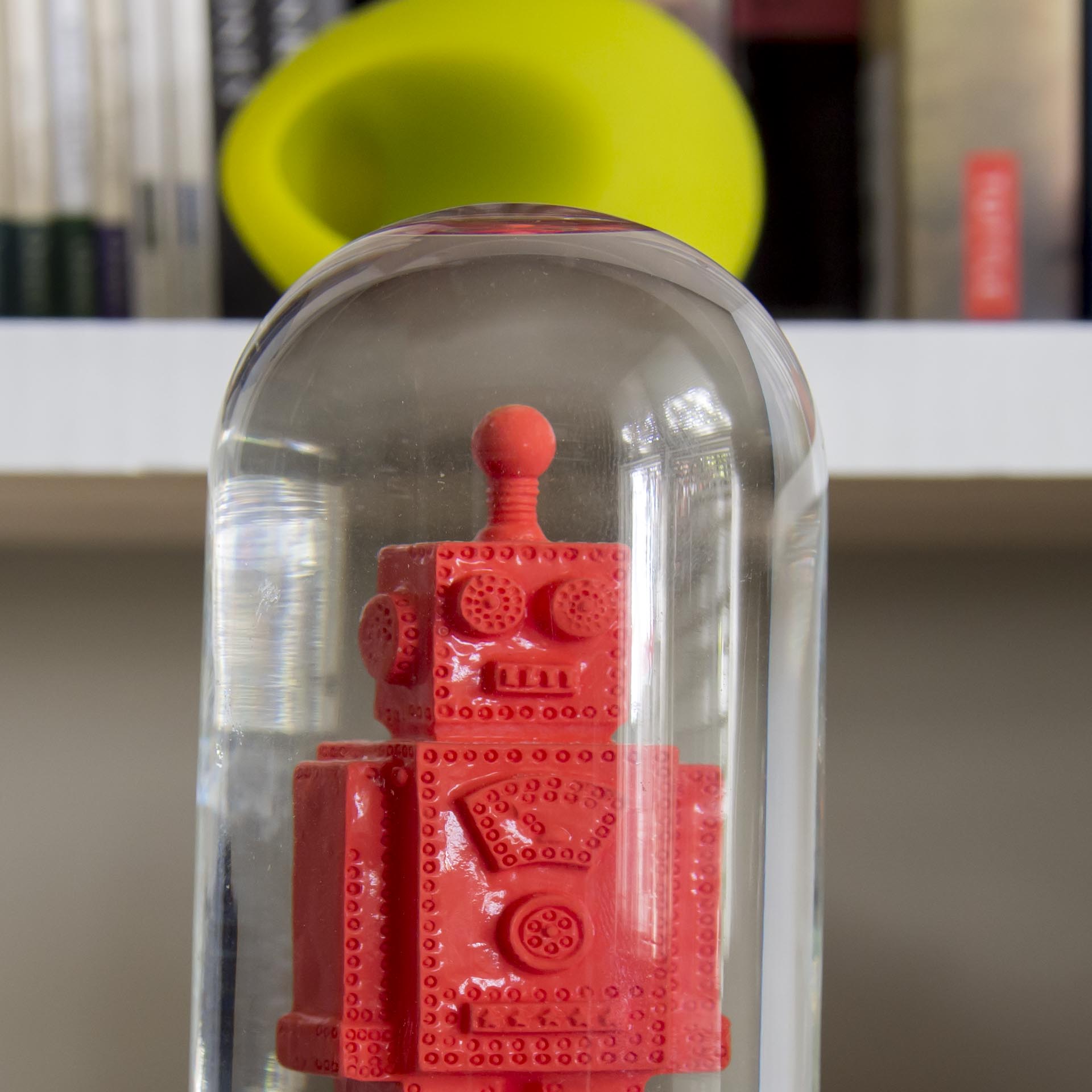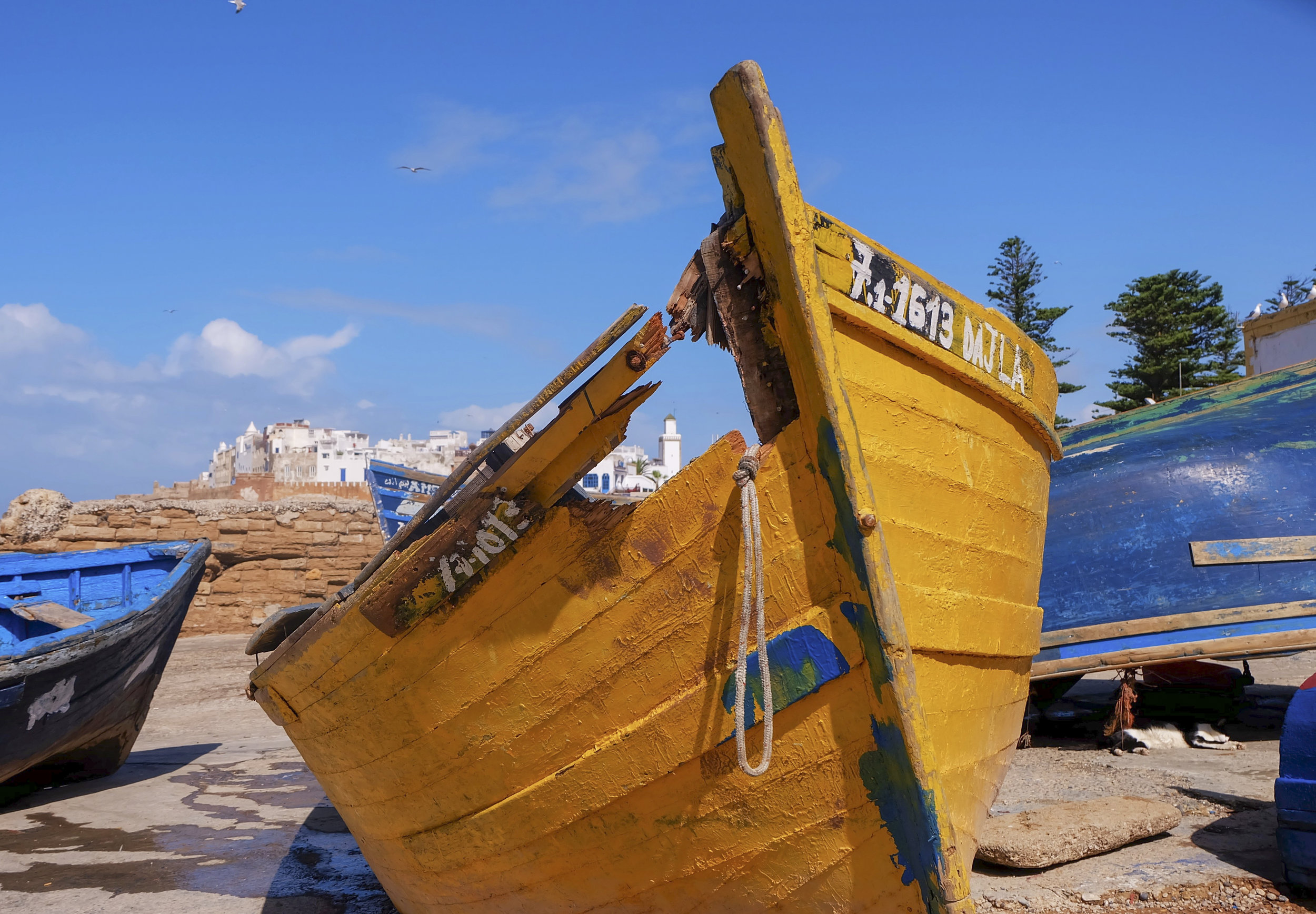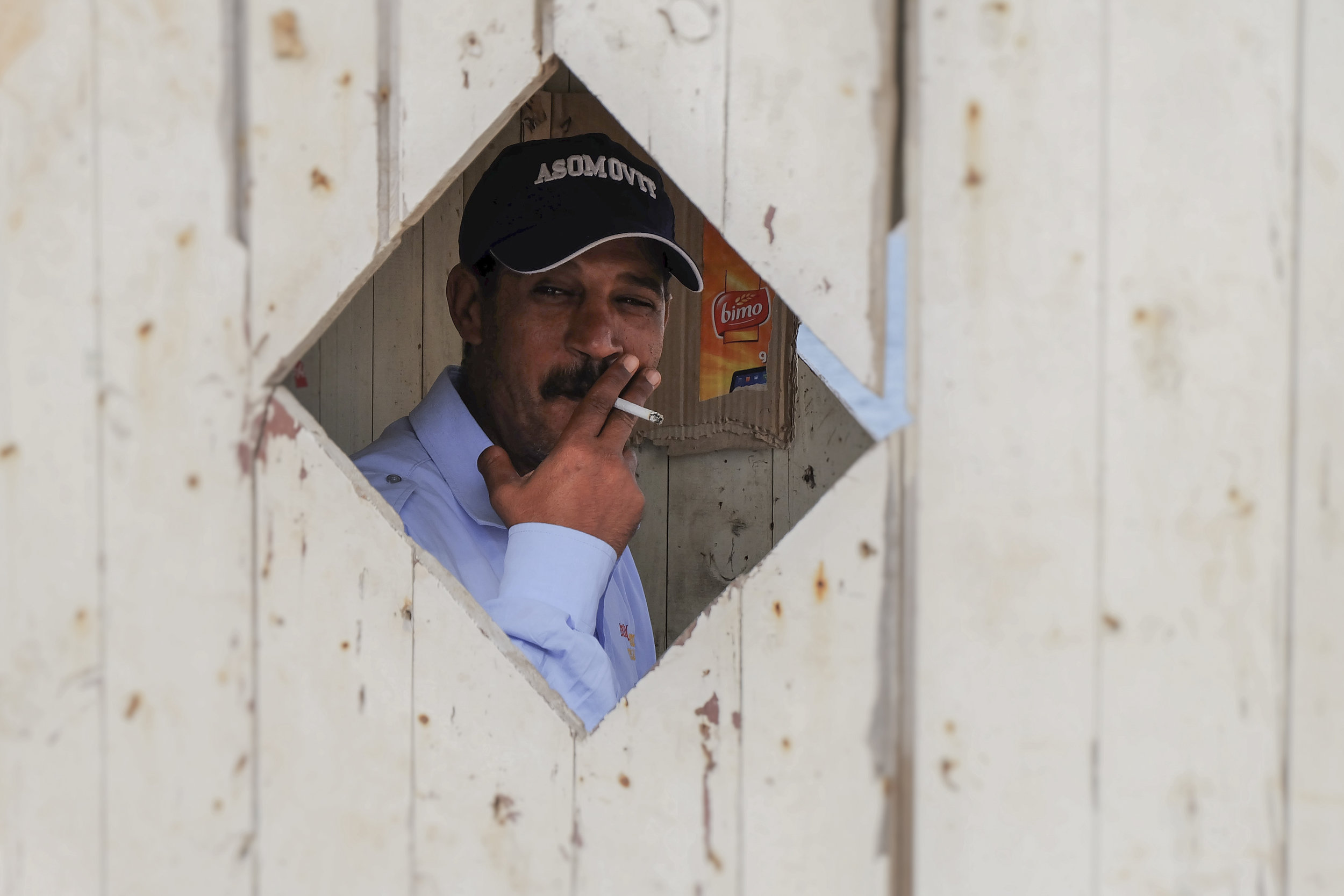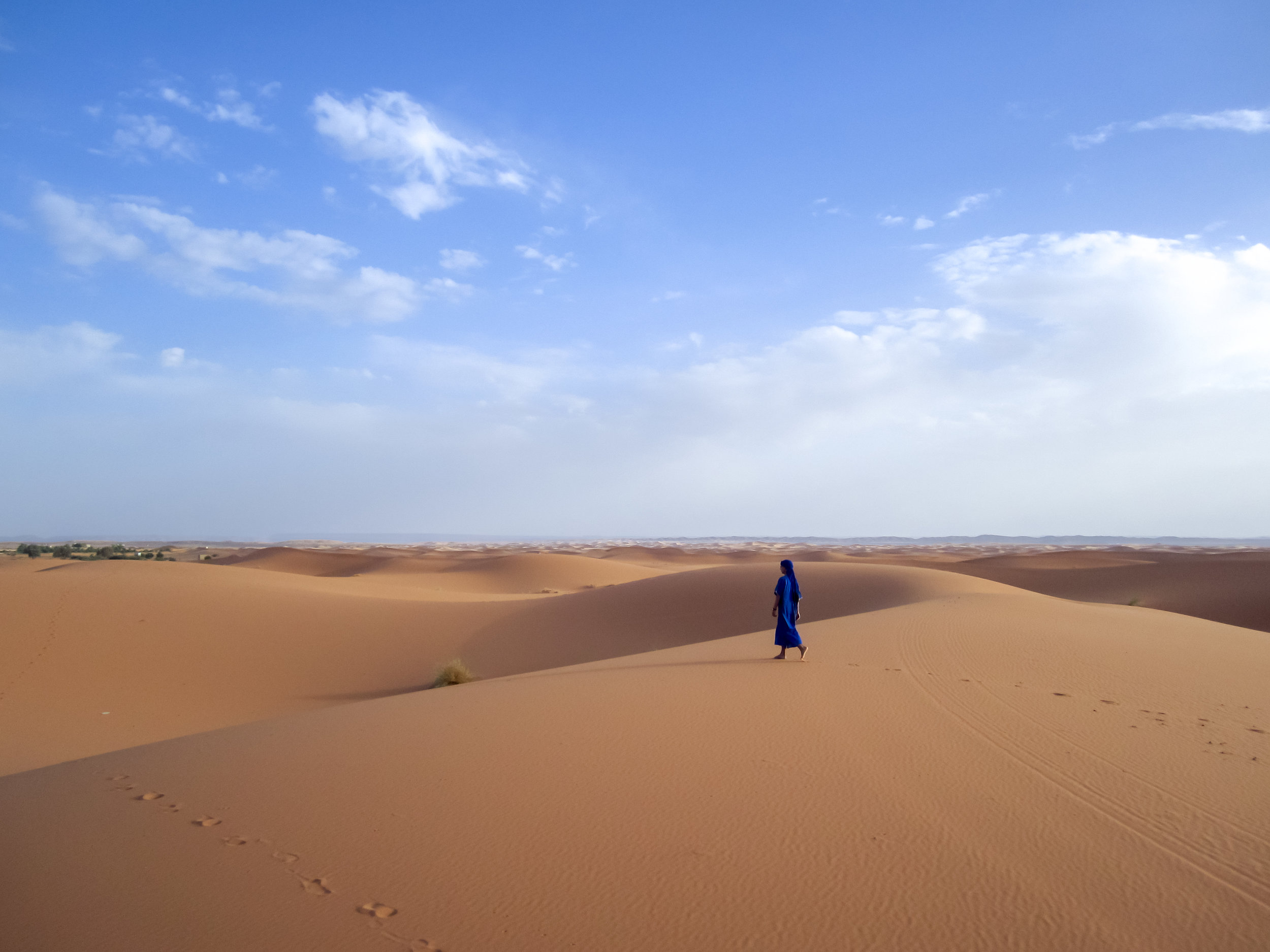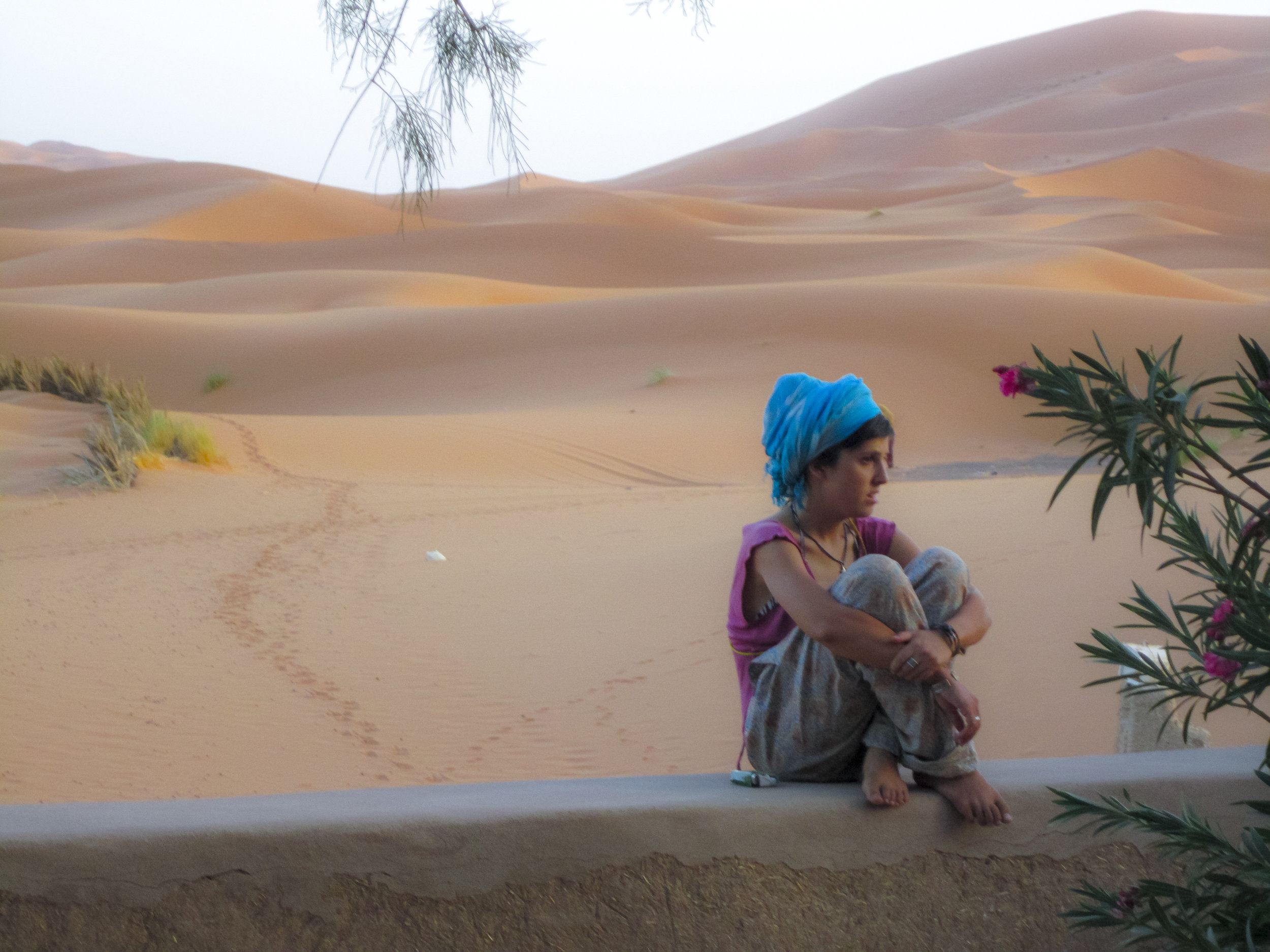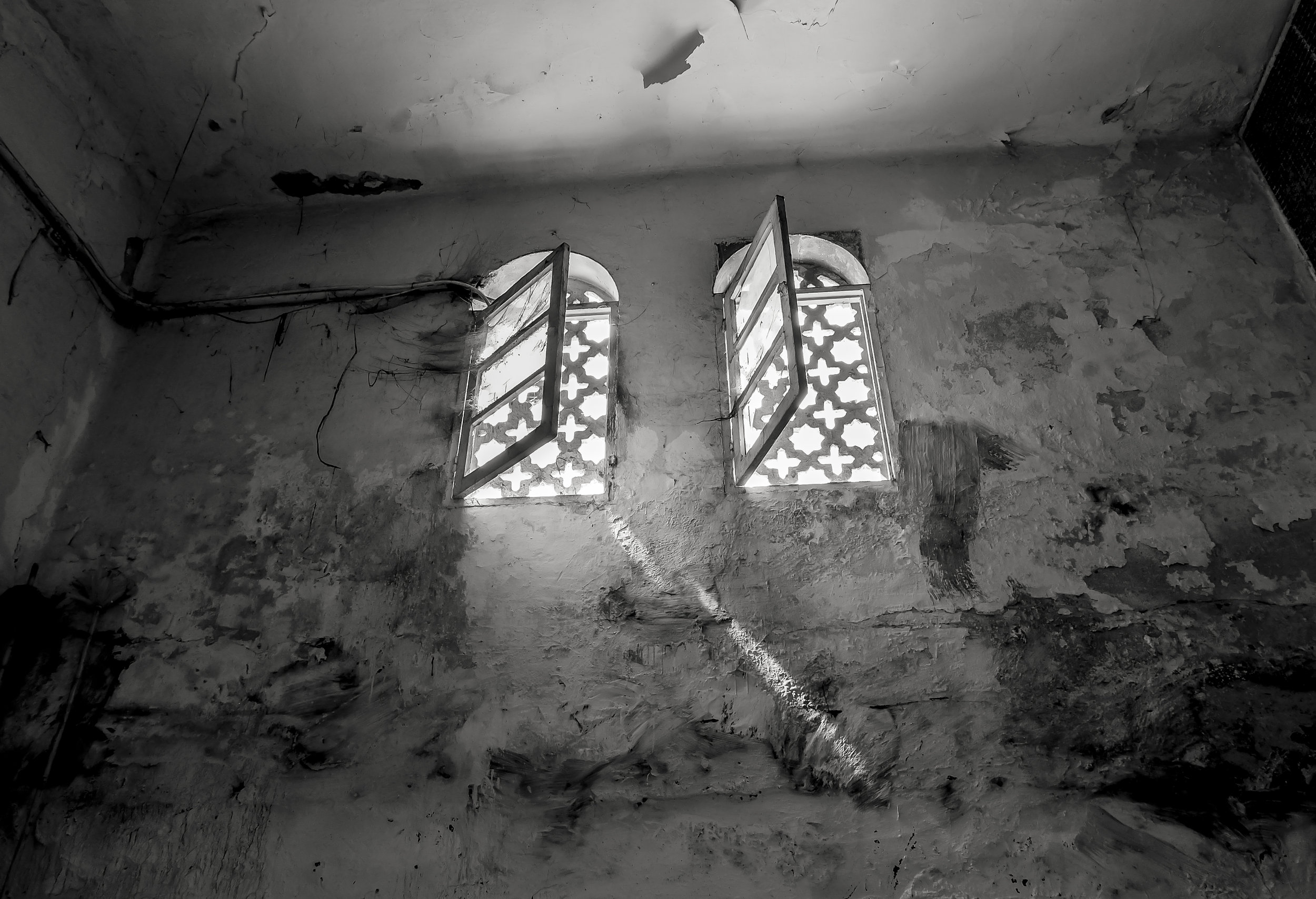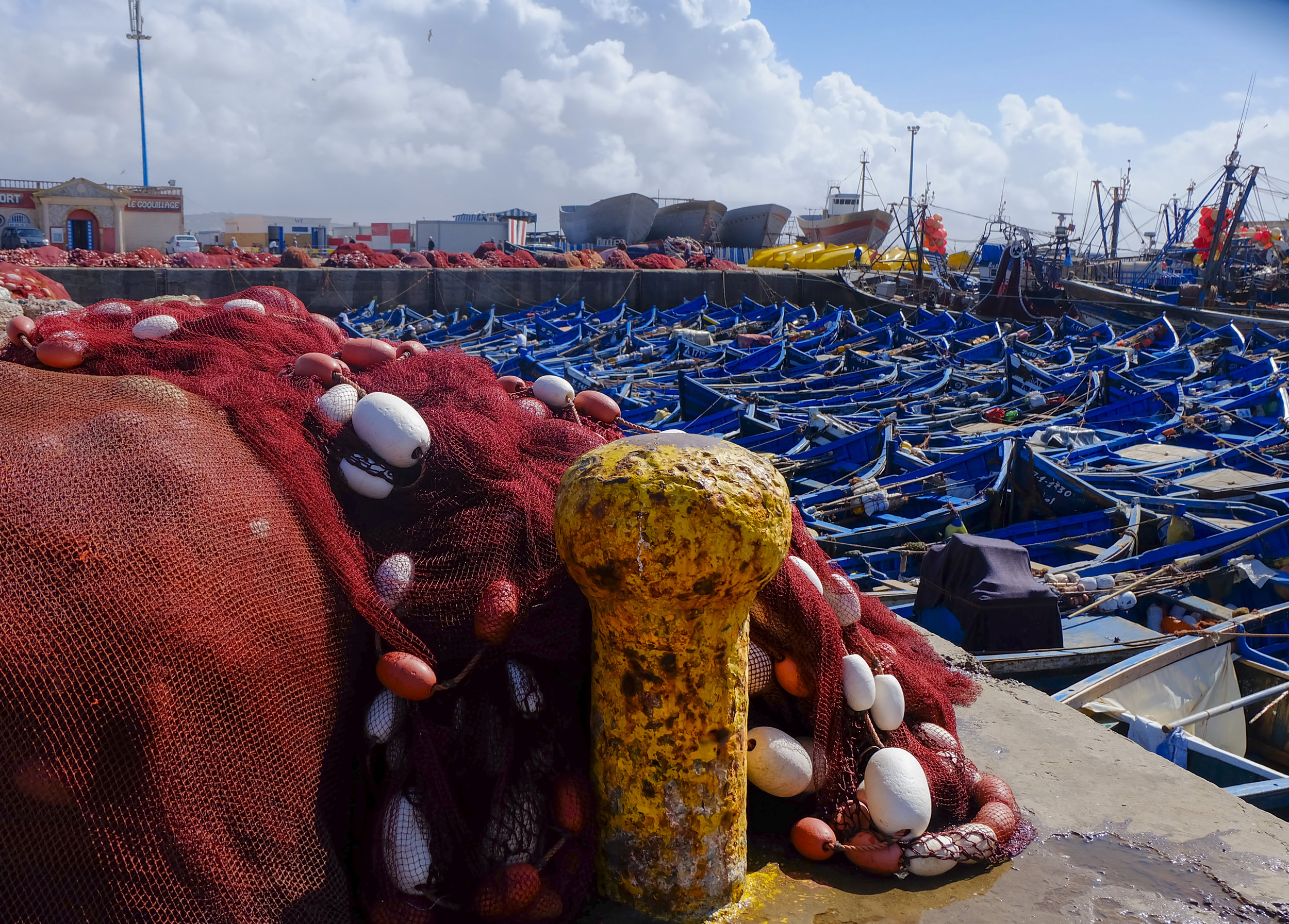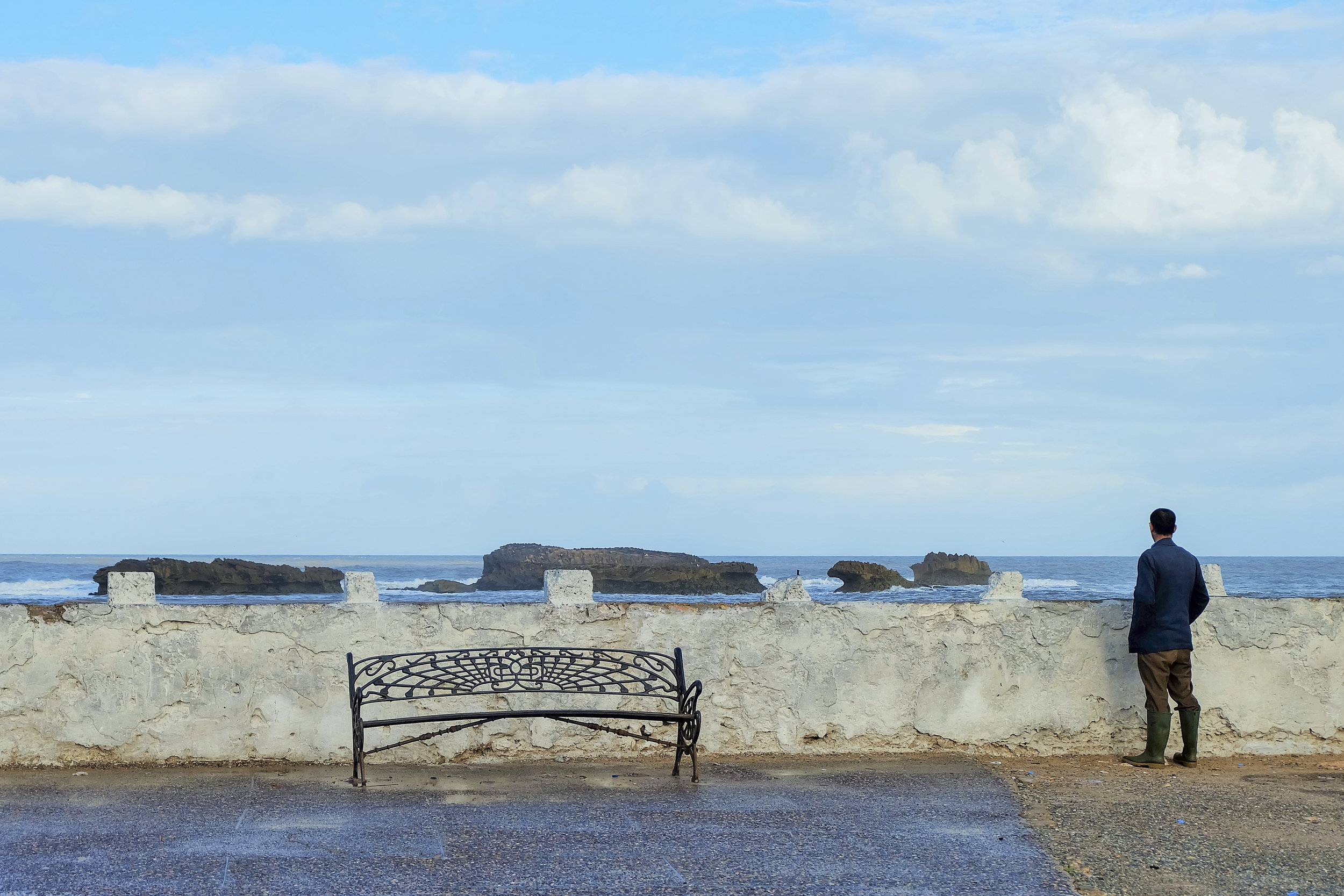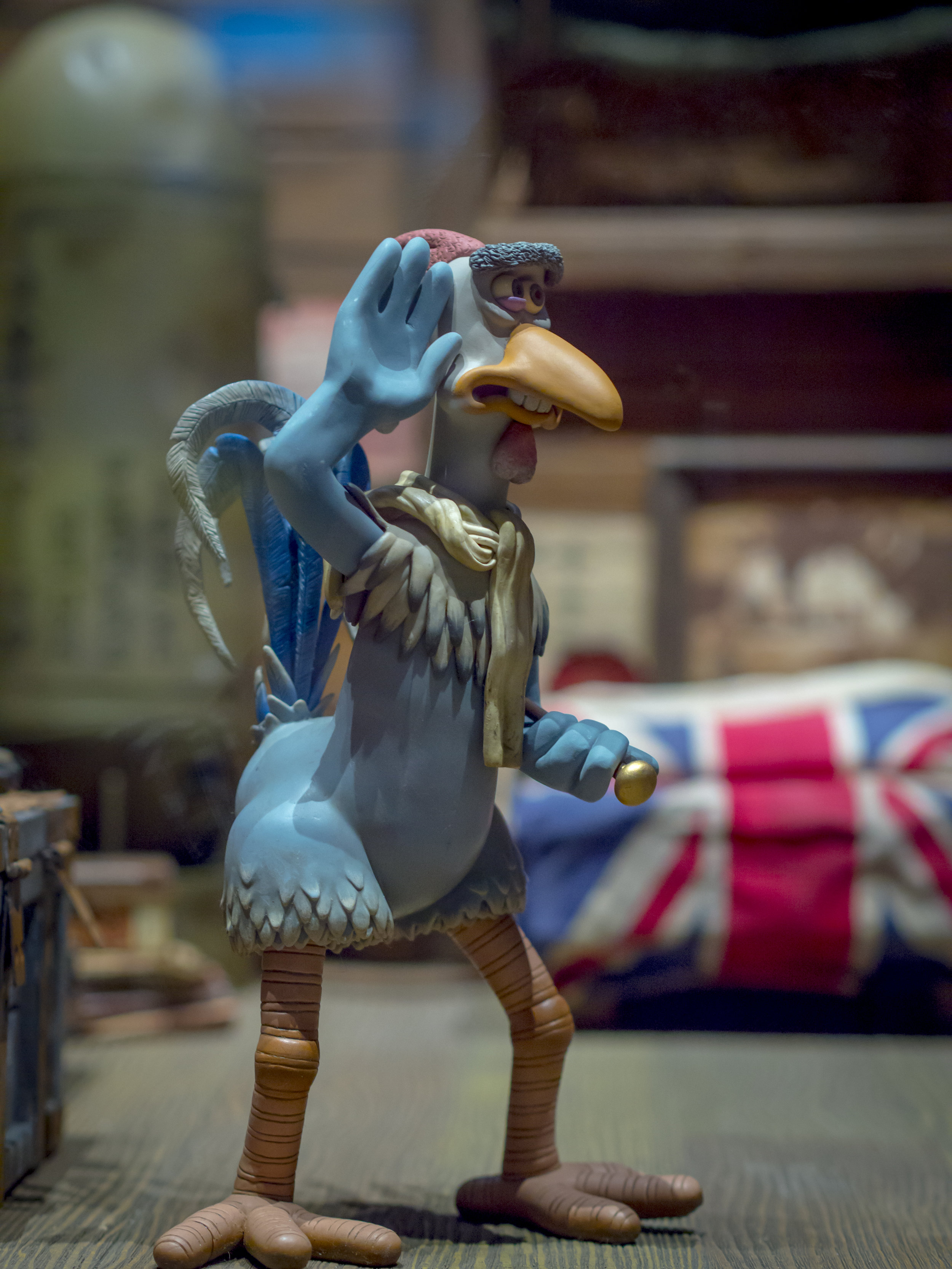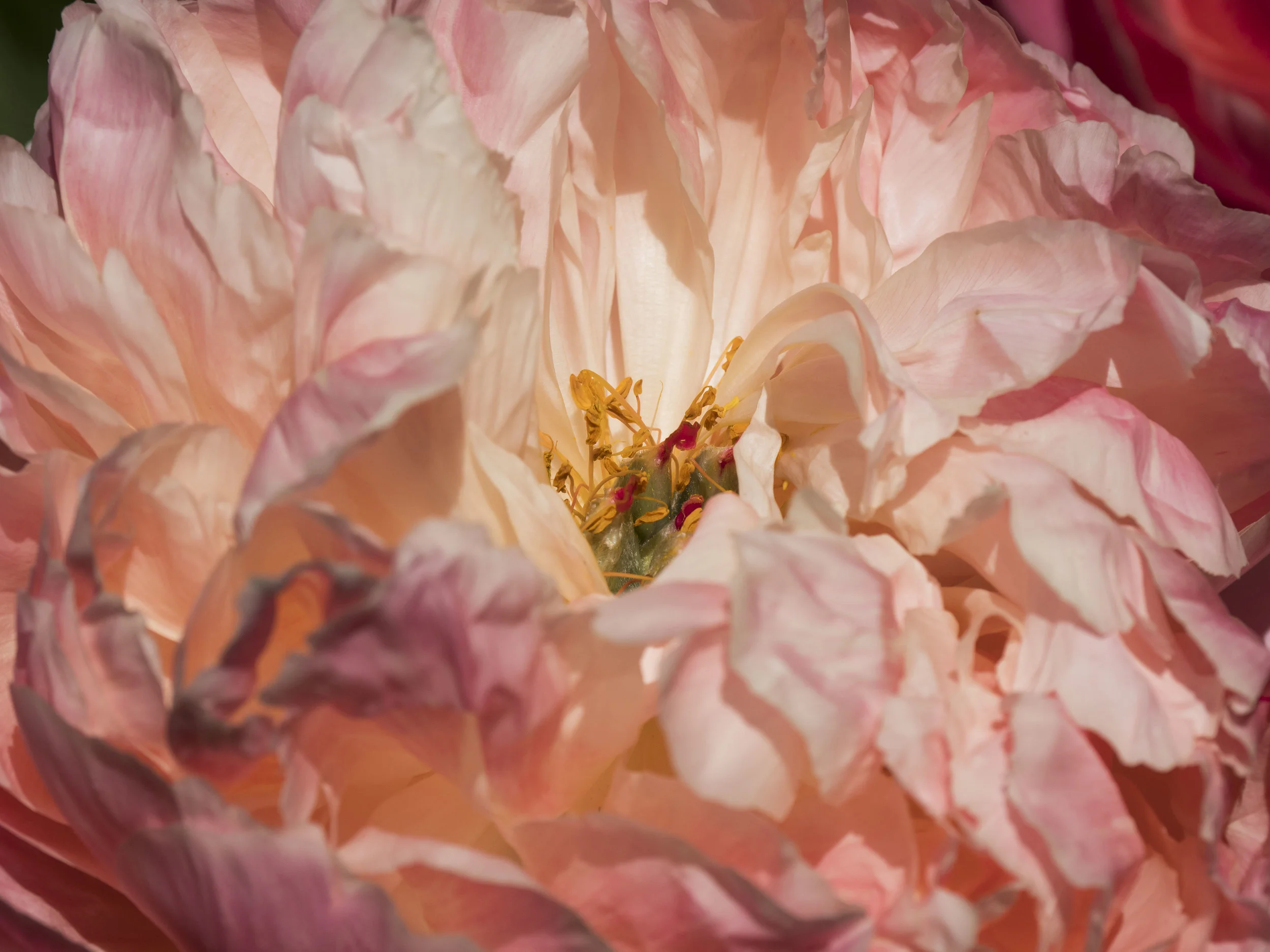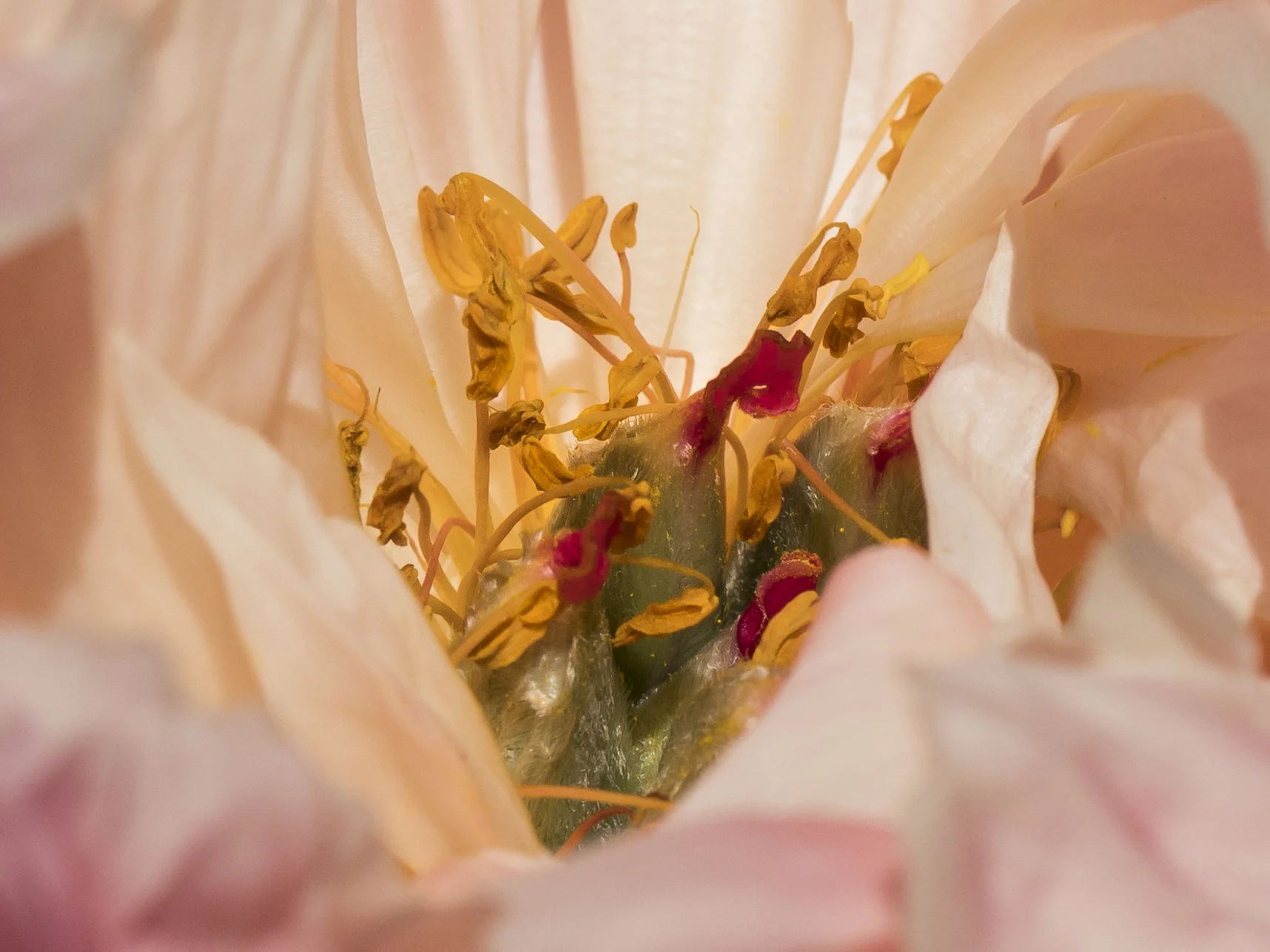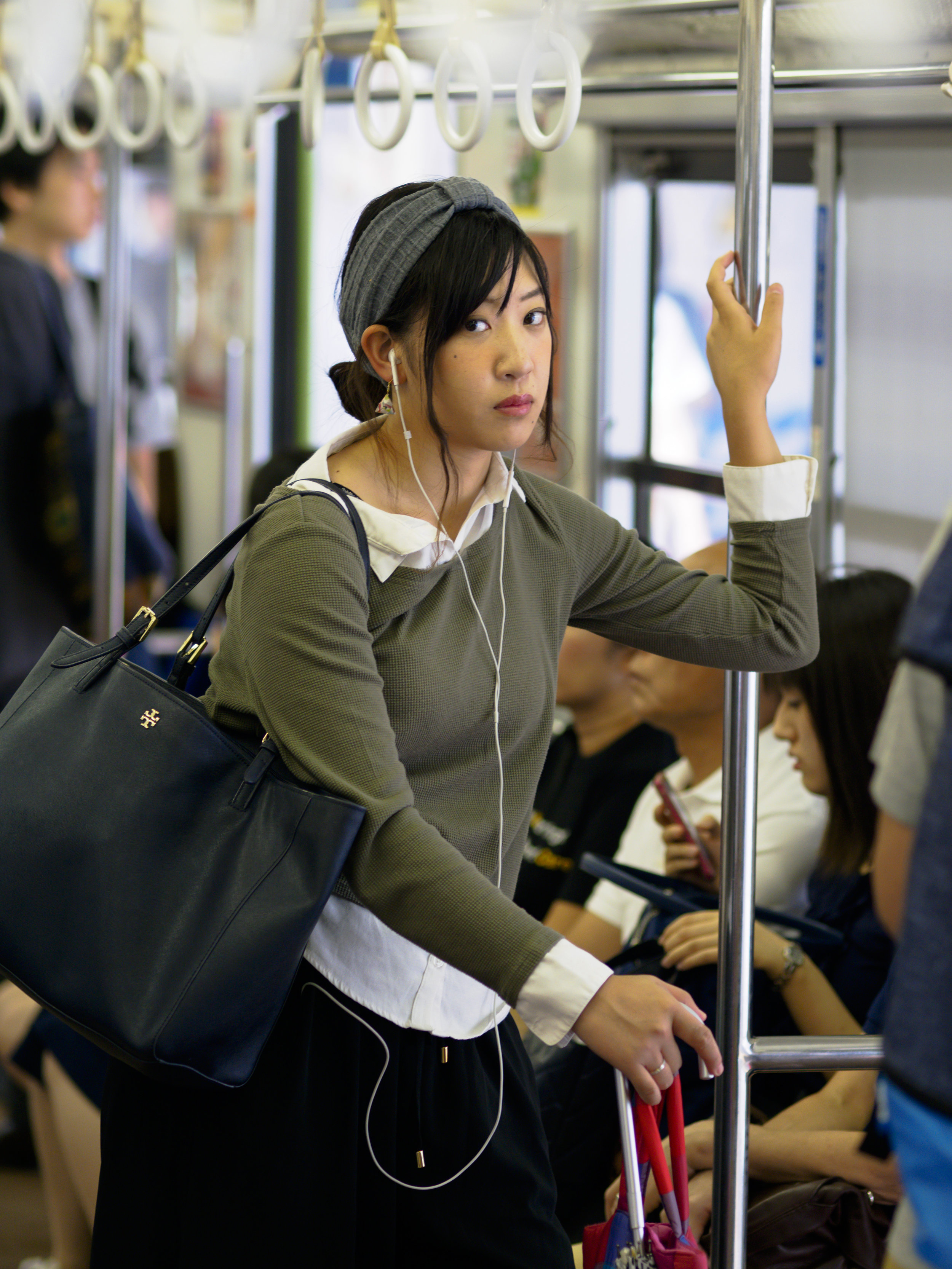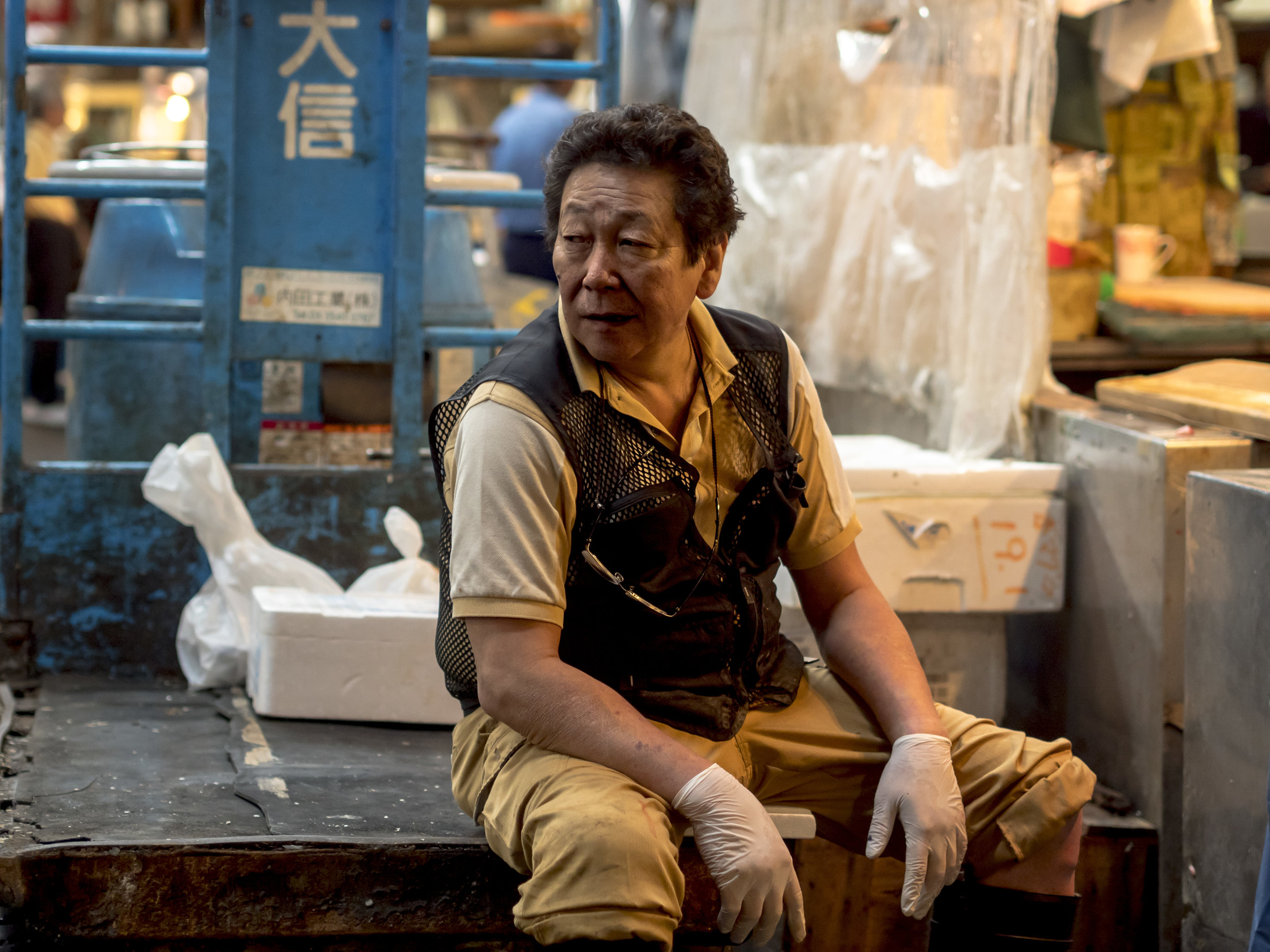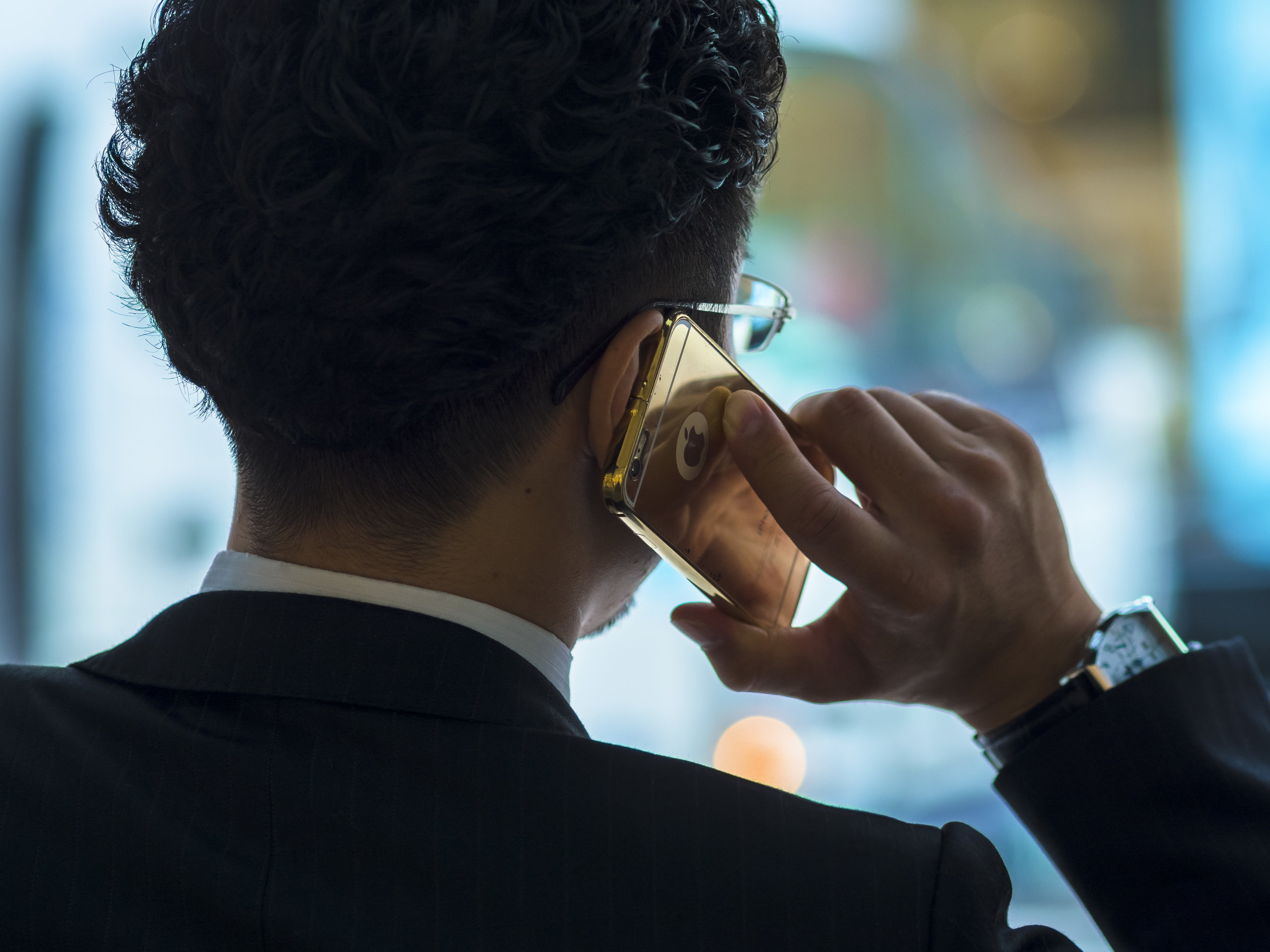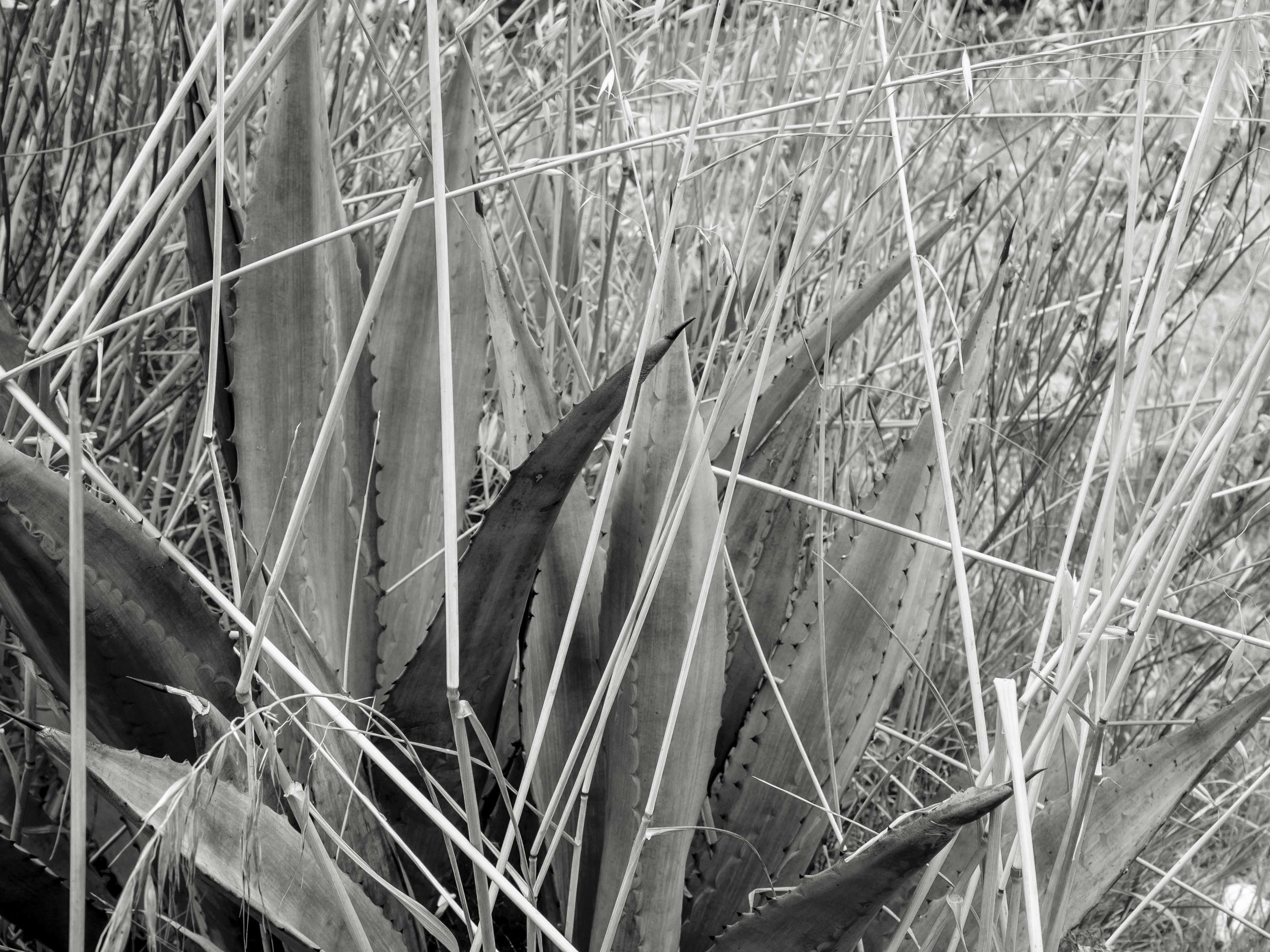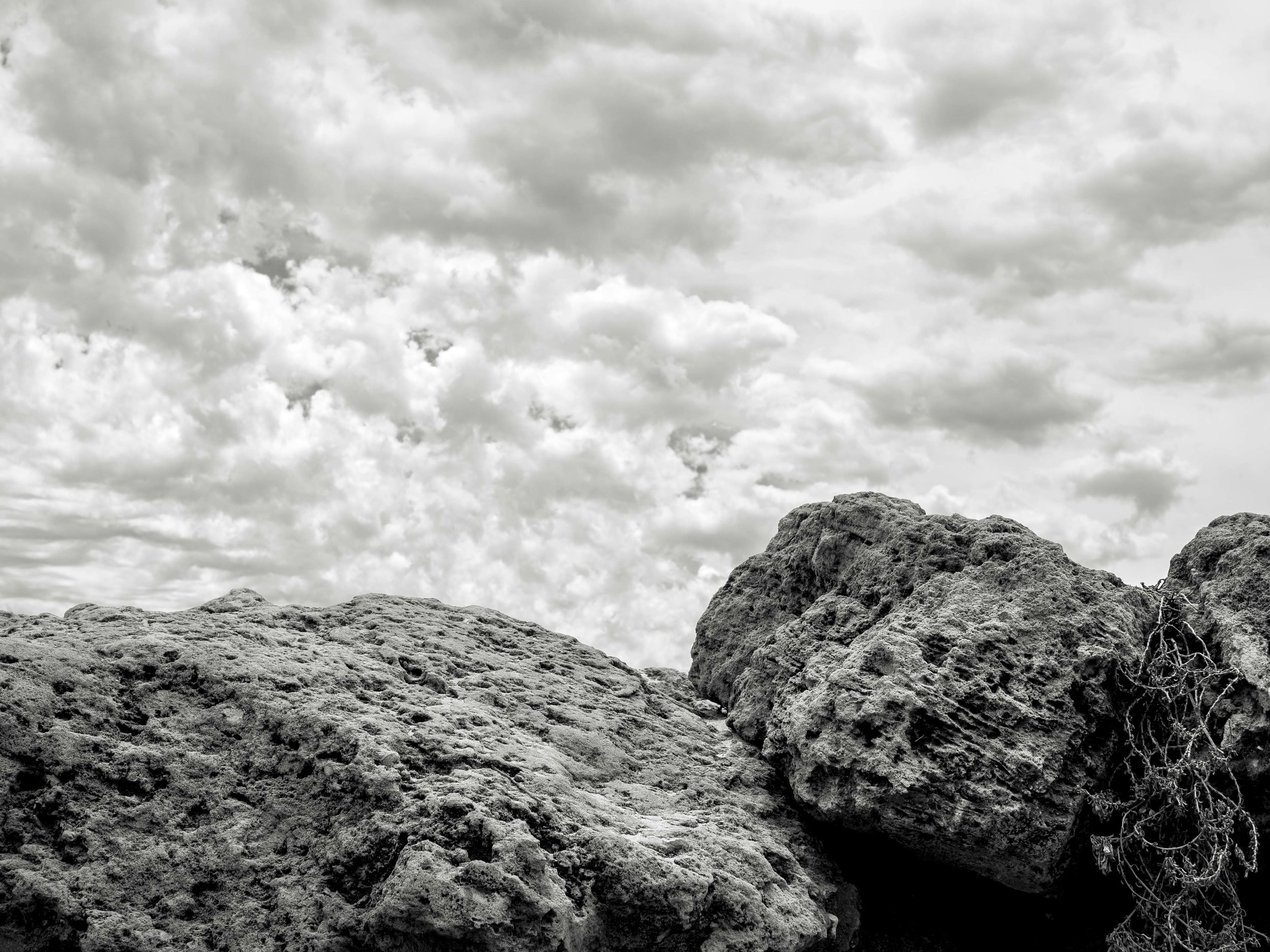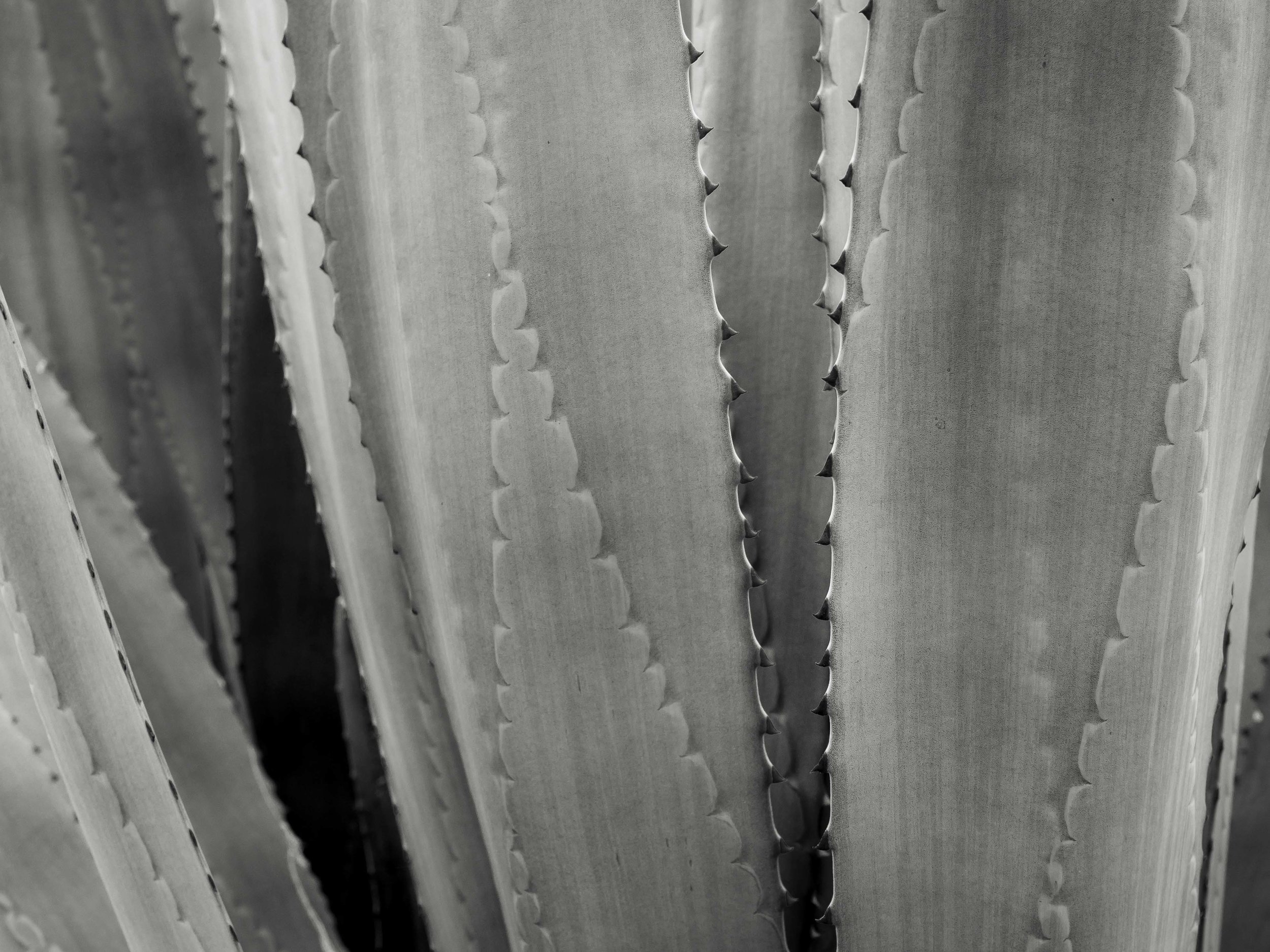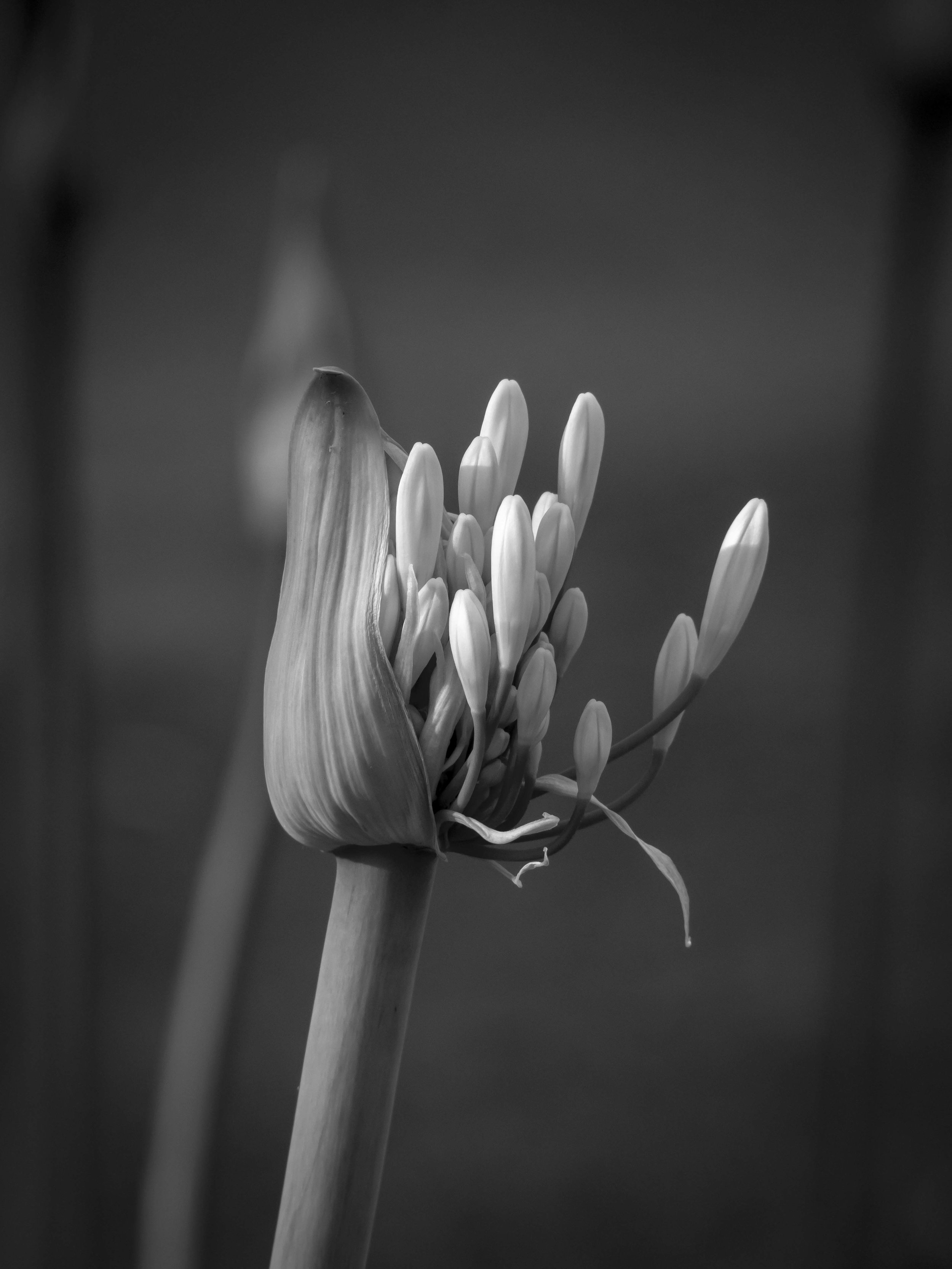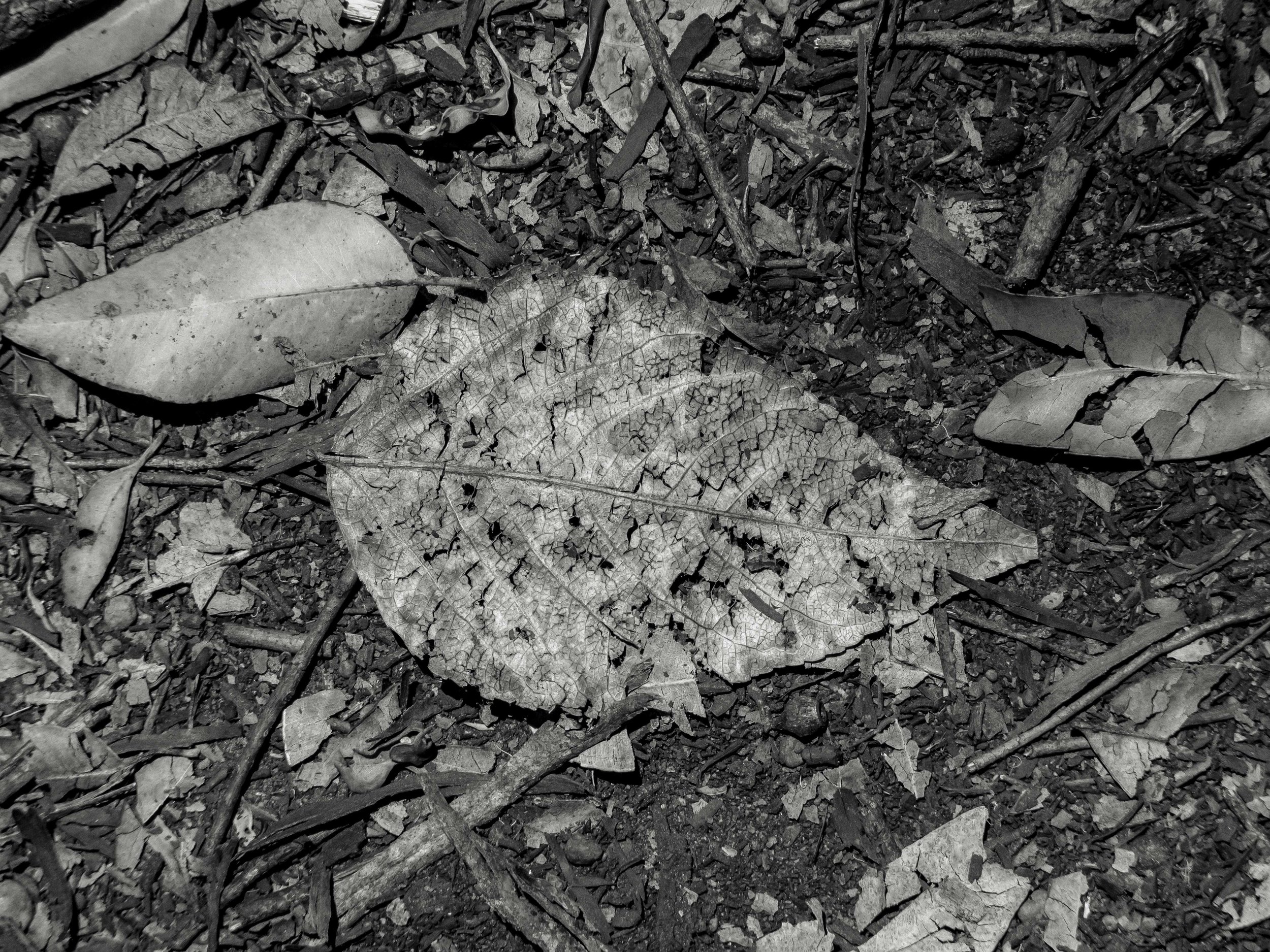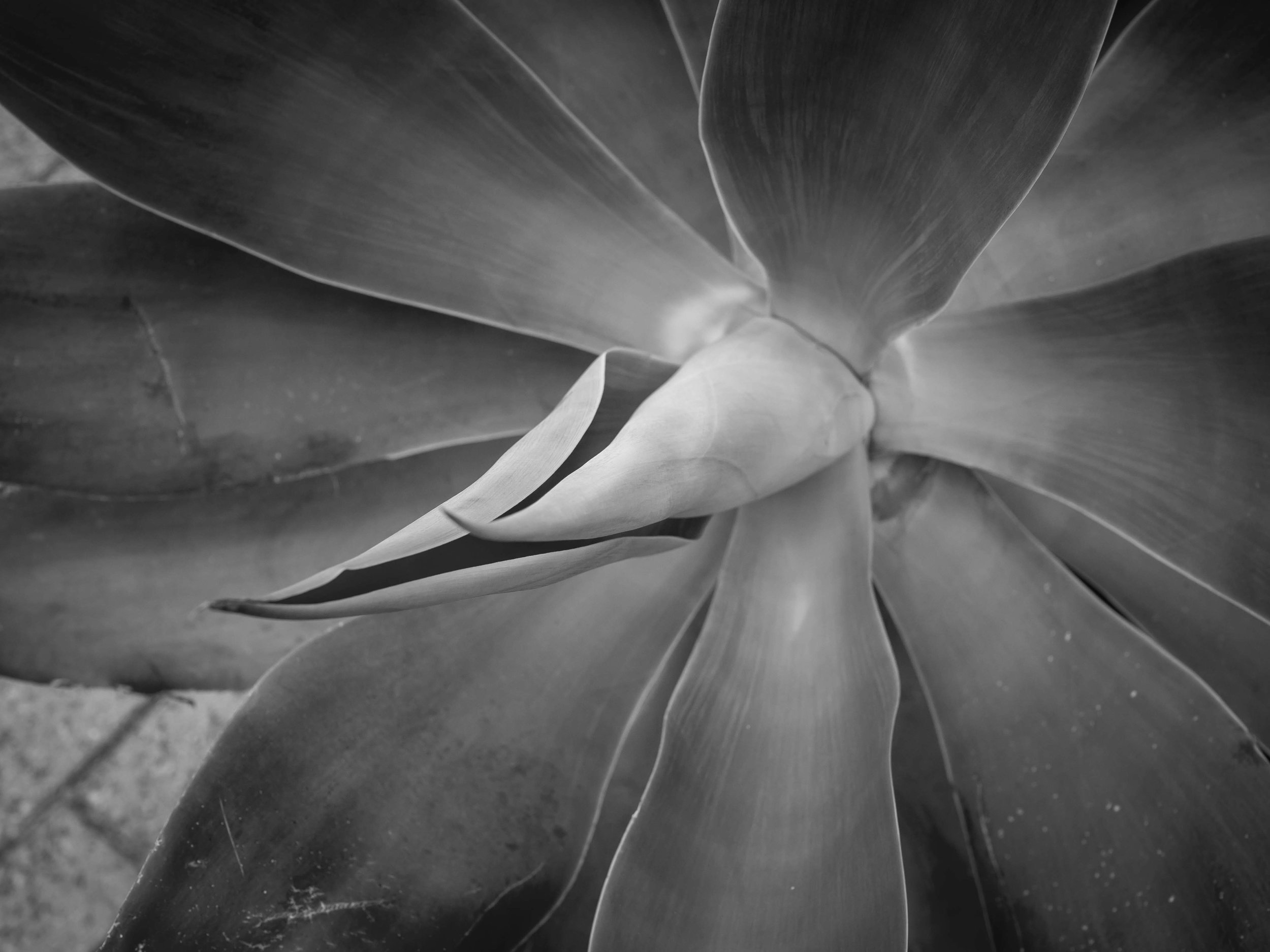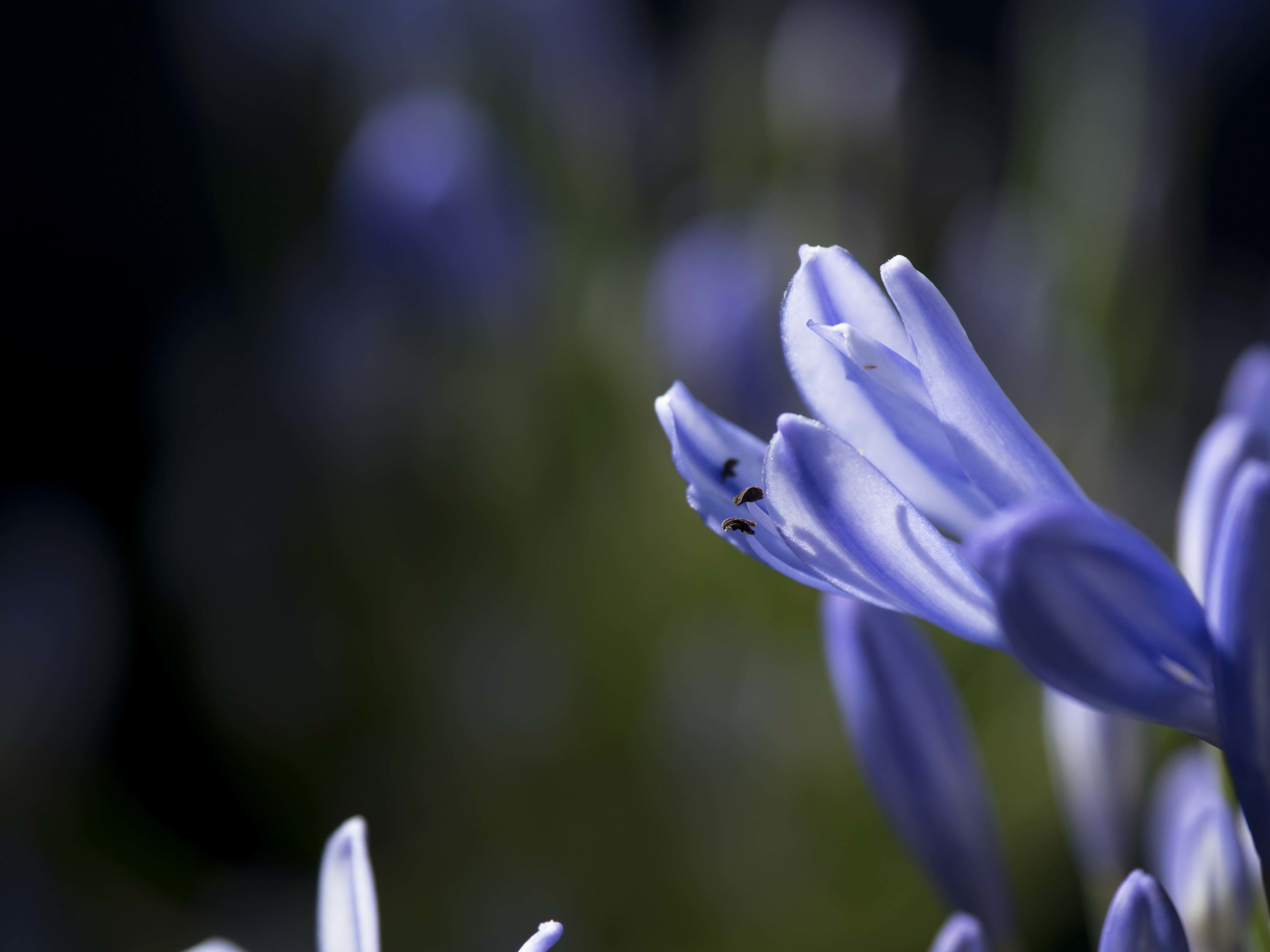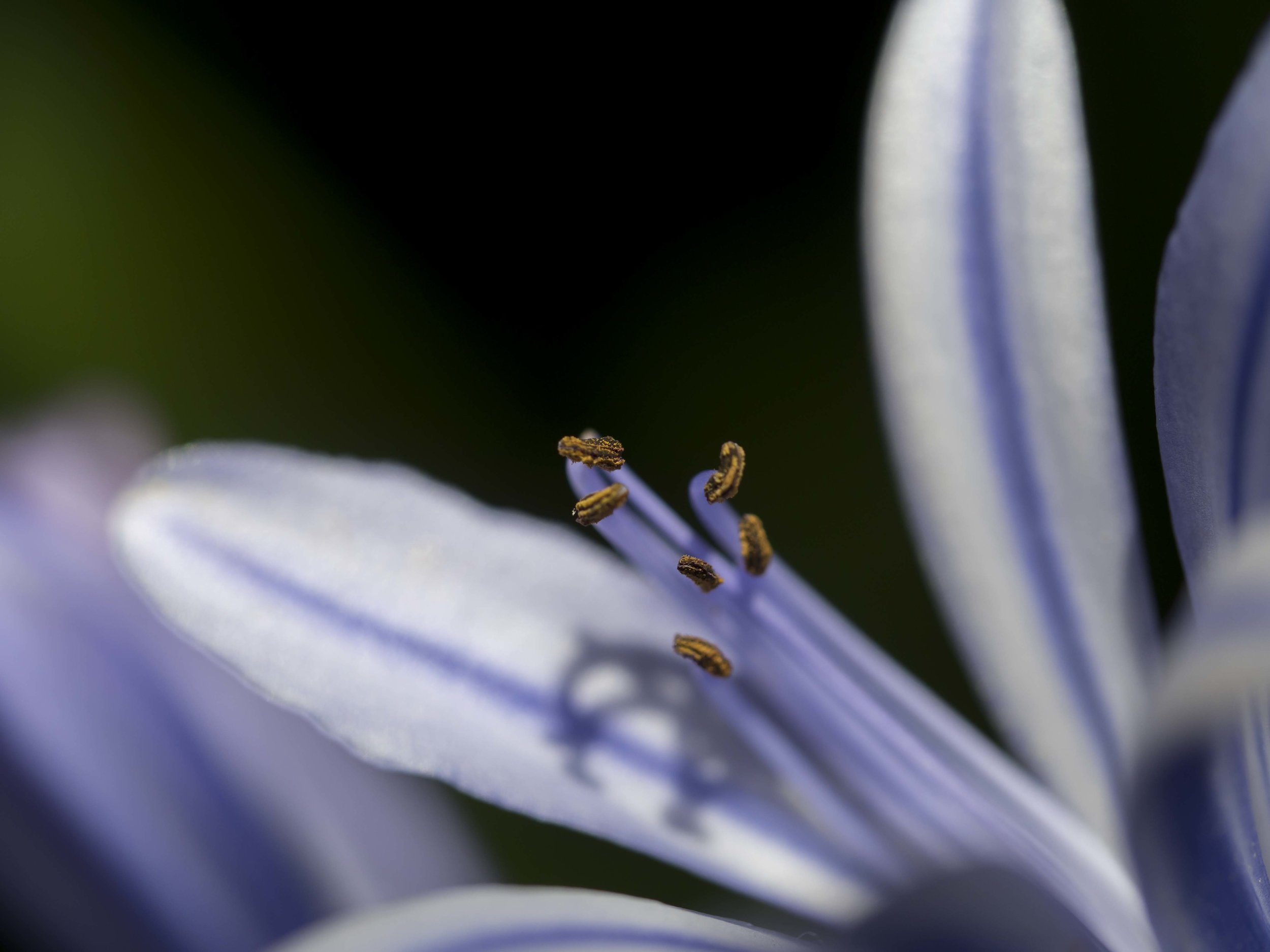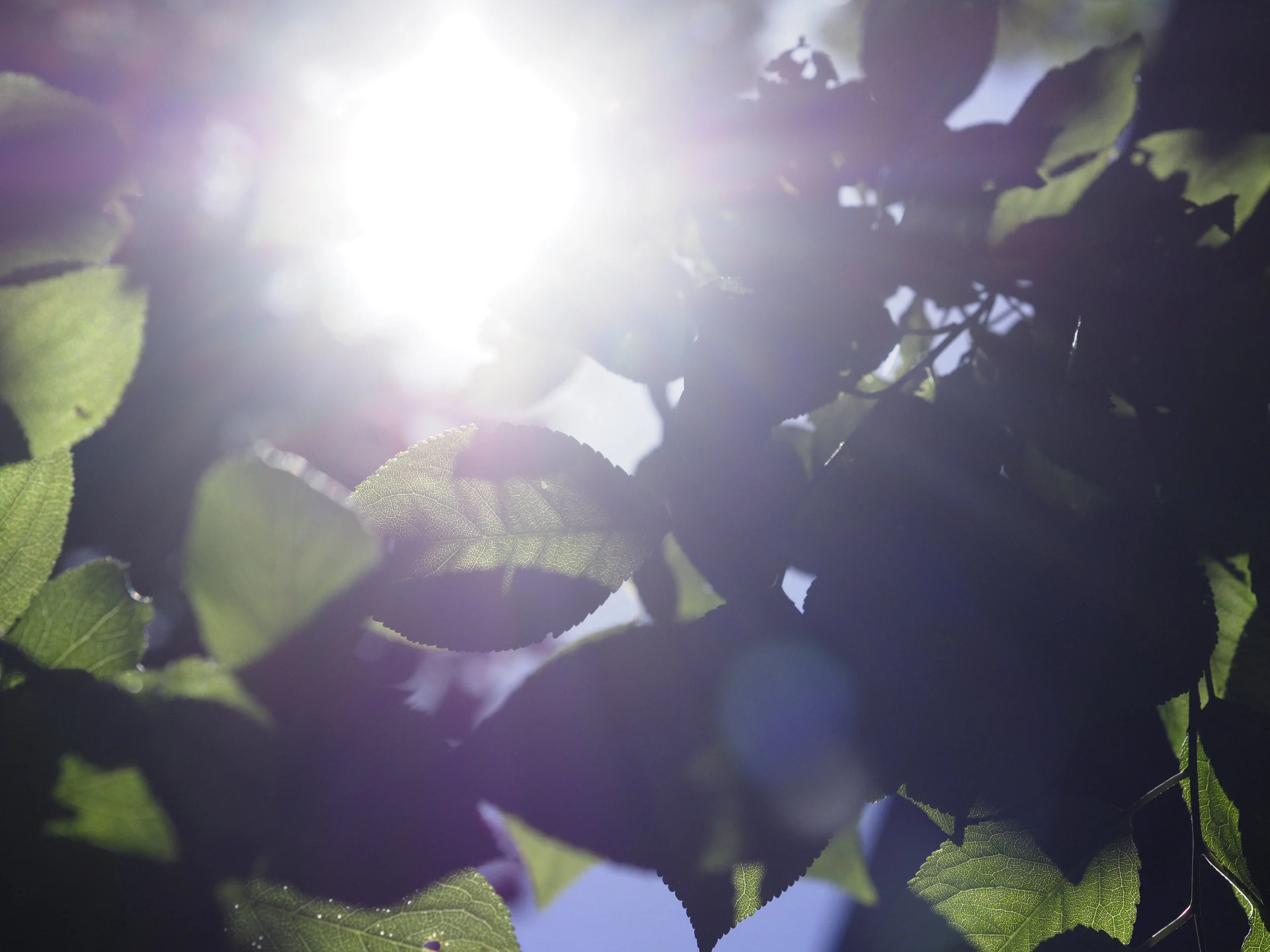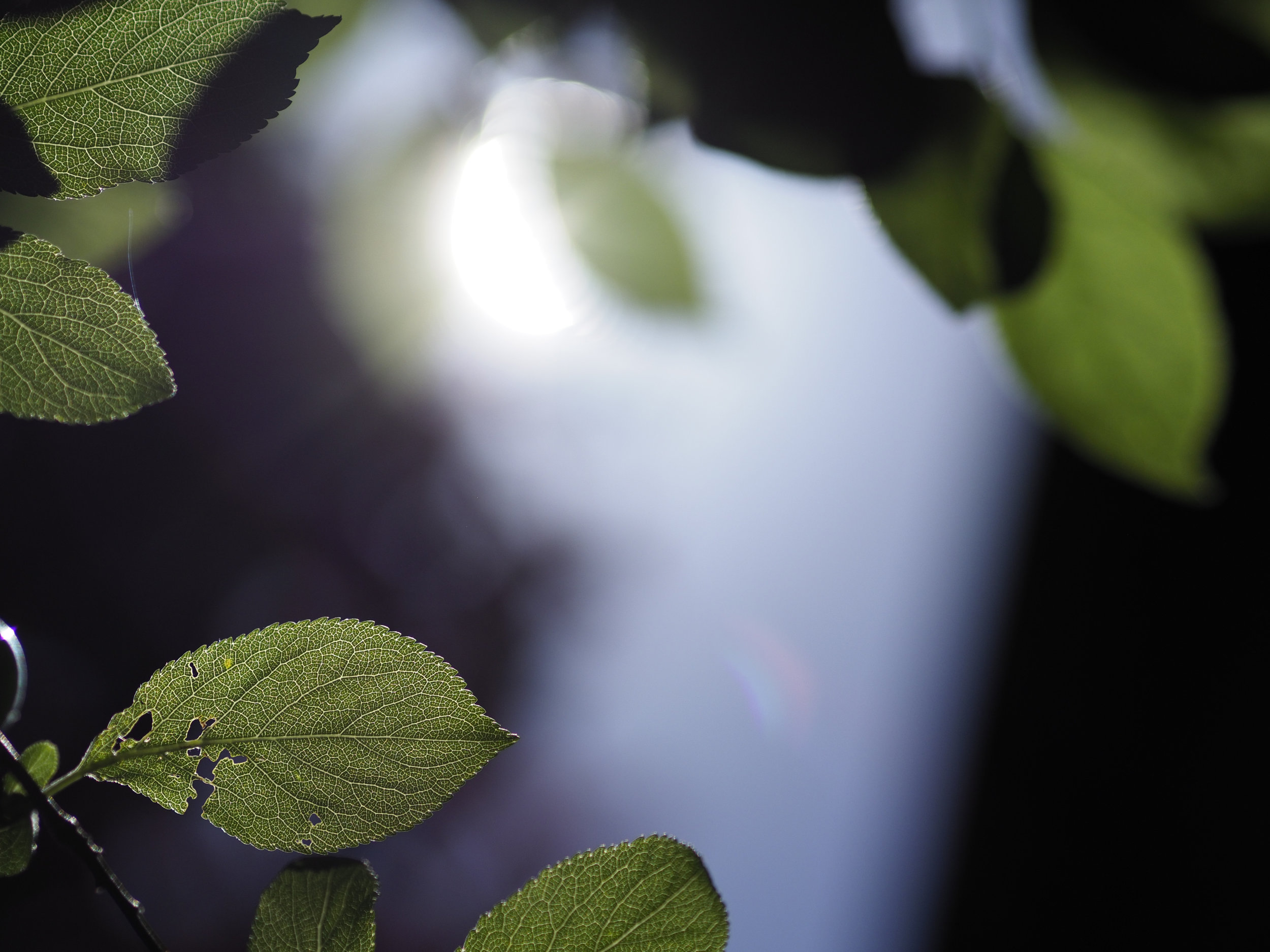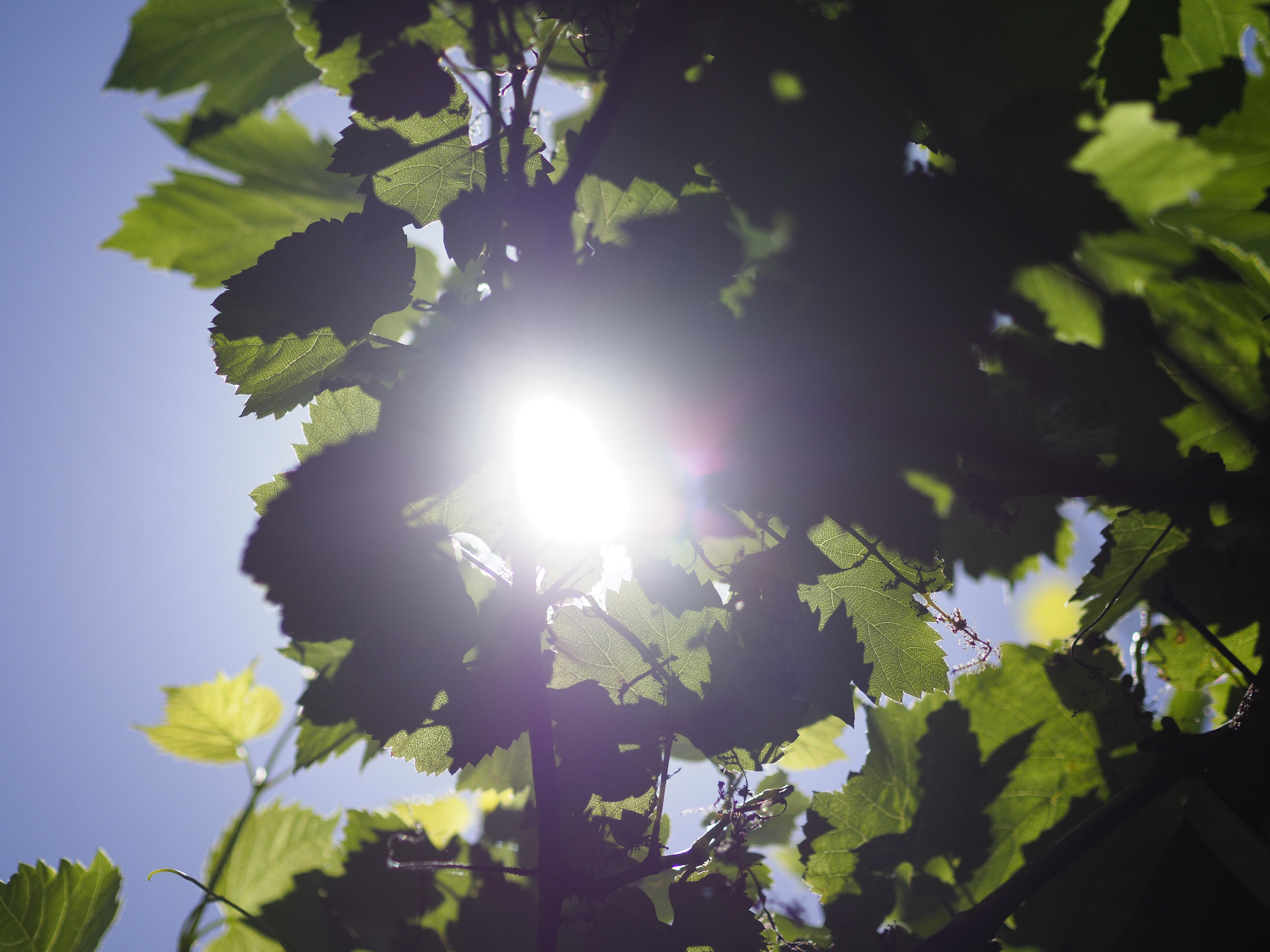Looking into a new year, free of (much missed) complications like our ailing dog Jack, I have resolved to become more focussed (!) on landscape photography.
Tasmania is as much over serviced by landscape shooters as it is over blessed with visual stimuli. Within 40 minutes of where I am sitting, there are genuine mountains, coast with all variety of beaches and rocky out crops and several native forrest areas ranging from temperate rain forrest or genuine bush. Add to this some attractive rural landscape and there is eye candy aplenty. Drive for an hour and a half and you can be in the midst of some of the wildest country in Australia.
So, the question is, how do you make your mark amidst all of this.
Firstly, don’t give up and do not loose faith that effort, preparedness, skill and an open mind will reap rewards.
Secondly, look at the state of play, looking for an area I am interested in that has relevance, is enjoyable and is not over saturated.
Start, experiment, modify, continue.
The other option (and possibly the best) is to just do it for myself and ignore all outside influences.
The thing I have noticed in the local photographic landscape currently is a lack of fine art black and white imaging, from the top end of town anyway. There is a lot of colour in our landscape, from the beautiful gums, to rich, lush rain forest, but little attempt to capture it in mono. I also feel that with the demise of film, black and white has been in a state of confusion. Well known truisms have become mystical arts, simple procedures are often seen as lost secrets.
When film was either colour or black and white, things were simpler. We all wanted the best quality we could get and the medium gave us boundaries. Remove those boundaries and analysis paralysis sets in. What is right? How will the world judge my choices? Should I use one of those film pre-sets or explore the limits of purely digital black and white?
I must confess to doing a lot of mono film work, but seldom getting what I waned out of it. Wastage, smelly darkrooms, lack of personal vision and far too much experimentation made me a minor walking catalogue of facts and figures but a poor practitioner. Ironically, I find digital black and white a great release from the criminal wastage of curiosity and indecision in the darkroom.
Semi abstract, black and white landscapes will be my core.
This offers flexibility with light/weather, where colour is more demanding (I am often time poor). This may not stand up in the field.
It uses textures and small, mundane subjects and can stand detail shots without falling into cliched leaf study work. Semi abstract or detail work has always drawn me, whether I am in the Tarkine or my back garden.
Mono is less restricted in colour fidelity (obviously) and pure quality. It relies on texture, tone and composition and an tolerate some creative interpretation.
It is timeless and reasonably free from the funk of fashion and gimmickry.
Processing can be fairly aggressive within traditionally accepted bounds.
Colour images may come from it relatively easily and naturally in the deep, muted, mysterious style I favour, meaning i generally get better colour results when shooting for mono than mono from colour, but the mono work would be consistent regardless.
It is less common locally,
It is more generalised rather than being location specific.
It is, apart from what I have said above, out of my comfort zone, forcing clarity of vision and growth.
Struggling with the colour this image naturally revealed, I eventually settled on the mono as the printable file.
“Chasing the money” is not my intent, nor is chasing fame (is that was the case I would do a lot more reviews). I simply want to find a comfortable place to work that is also capable of making my work worthy of others notice. My fear is becoming just another colour landscape shooter in a place where (some times) everyone you meet claims to be one.
The only genuine issue I have is my printer, that is not ideal for mono printing (it is an earlier model Canon with only one black/grey ink, using coloured inks for bulk), but this can be addressed as the need arises.





